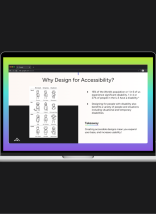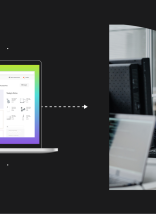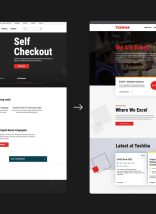We’ve written ad nauseum about the ins-and-outs of taxonomy. Which is important, but as dry as a talk on the Dewey Decimal System.
Marketers are, by and large, focused on concerns that arise daily. They want to know how many visitors they can convert and how many dollars come from said conversions. The producible vs. theoretical is how they keep their careers in the black.
Staying in the black is a base concern for any business owner. It’s required for the business to be, well, a business. It’s the same reason businesses are risk adverse toward having opinions. Or why they hesitate when they hear the price tag for a new website with rich design and functionality.
Owners will often share how much they paid for their current website. Even if the site is several years old, they’ll insist that it still continues to produce new customers. It’s easy to understand. They are a concerned business owner trying to minimize their costs. Unfortunately, they’re not seeing the value of design. When this happens, we have to wonder. Are people obstinate or can they not see how bad their websites are?
Why Web Design Doesn’t Always Translate to Profit
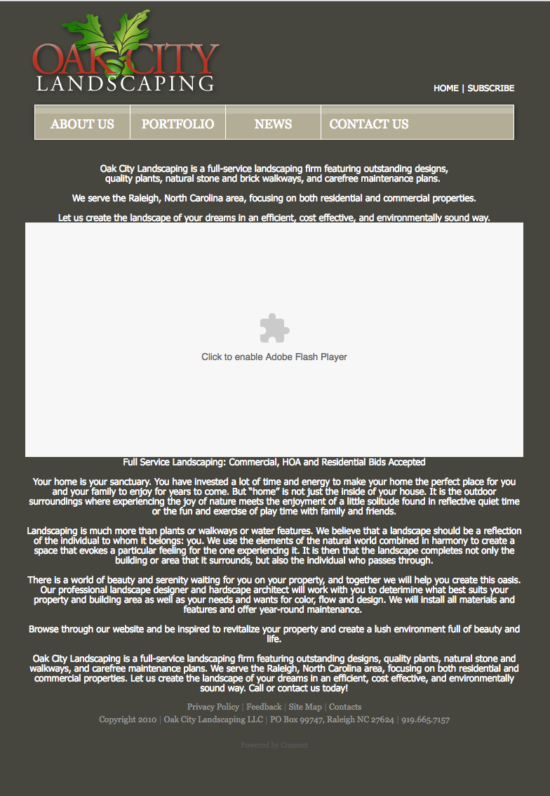
Sometimes people enjoy stating their personal worldview as a generally accepted fact, as in, “Bob, everyone knows you can’t skin a beaver with two shakes of a lamb’s tail.” You should be skeptical of statements of “fact”. In other words, take the following statement with a grain of salt:
You don’t have to have a pretty website to be successful.
We have physically seen multiple websites and datasets that prove sites can compete and win business despite being ugly, dated, and not matching an aesthetic that anyone enjoys looking at. Sites that continue to win business despite seemingly ignoring what their customers want. Of course, the assumption is that good design is what people want.
Winning Customers In Spite of Bad Web Design
The problem with arguing that a site should be redesigned is, in many cases, your customers just don’t care. They aren’t looking for someone with an immaculately crafted website or even good brand. A customer who needs a plumber doesn’t care about site design; they want someone who can reliably fix a clogged pipe for a relatively cheap price. An organization who wants in-depth customer analysis doesn’t mind a bland-looking site; they want a company with proven expertise in data analysis.
In both these examples, the customer need can be so specific that it transcends the website (really only one portion of a much larger brand). There are all kinds of scenarios where a new website may not be the answer.
1. Your Consumers (and Business) Are Local
If you offer a local service (like electricians or plumbers) and most of your customers are local, you can probably get away with having an exceptionally ugly website and still be successful. Why? Because most people have bigger concerns. According to Consumer Barometer with Google, Price, Proximity, Quality, and Past Experience with Business were the biggest factors in how customers choose a local business.
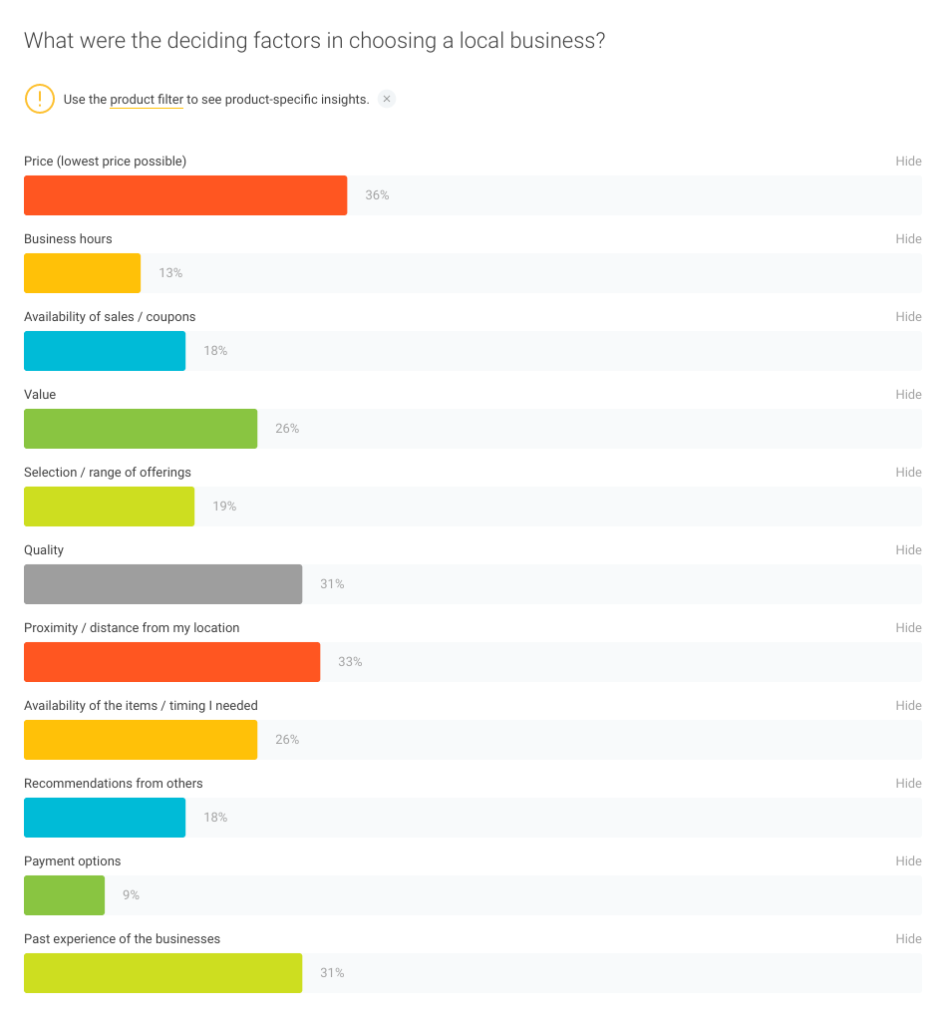
This is especially true when you consider how having good reviews and local listings play into converting customers. We already know that quantity and quality of reviews play a factor for local SEO (meaning oft-reviewed businesses are more visible). But even more to the point, an estimated 50% of consumers make a very quick decision on whether to hire someone based on reviews and may not even visit your website.
We’ve personally seen this in our own data sets—phone call conversions represent up to 50% of all conversions with no corresponding website visit.
2. You Rank Well on Google (or Your Brand Is Well-Known)
Sometimes, you’re so successful at marketing that you succeed despite your disheveled digital appearance. Let’s pick on Oak City Landscaping, a Raleigh landscaping company, as an example of a dated website that still does well for SEO.
This site is dated. Our educated guess is it was originally put up around 2010 (according to WayBackMachine) and doesn’t appear to have fundamentally changed since then. It’s still using Flash, meta keyword tags, and isn’t responsive. Despite all that, it still ranks 9th on Google for “Raleigh landscaper”.
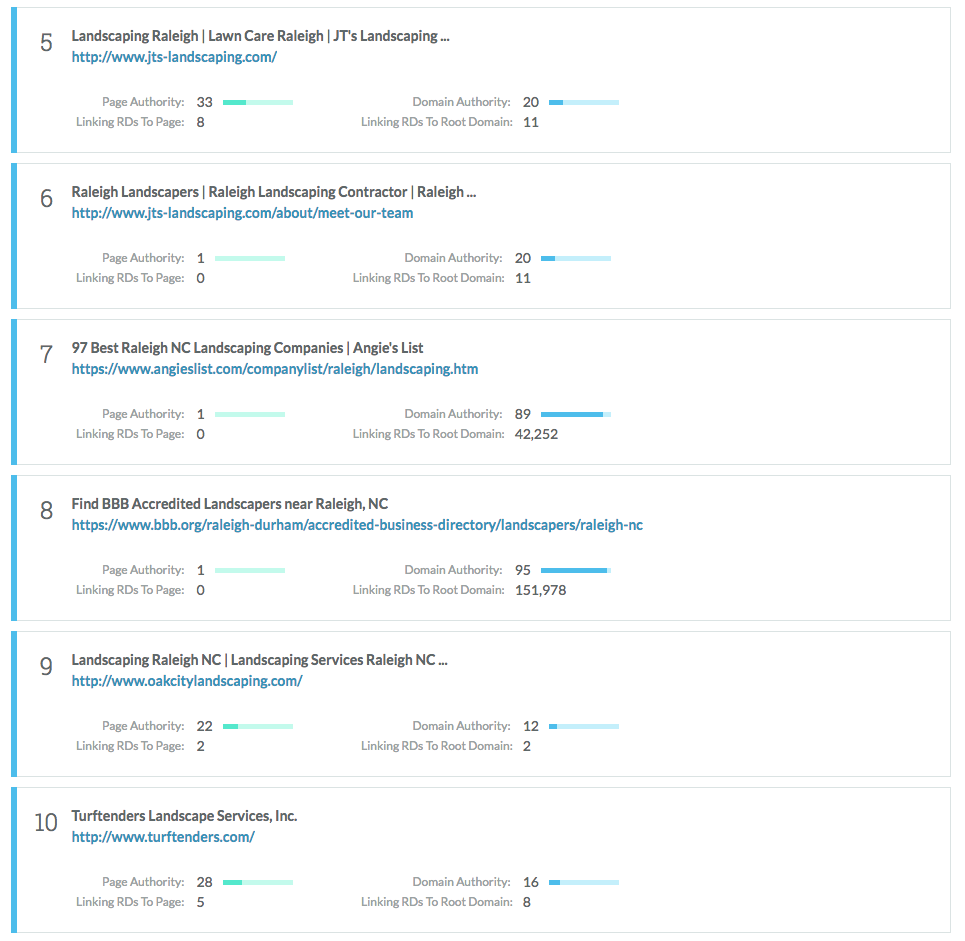
We have no idea how well organic traffic drives results for this company, since we don’t have access to their analytics. However, it is a good example of how design, even if it’s unappealing and outdated, does not necessarily prevent a website from reaching and converting its customers.
We’ve always believed making consumers aware of your company is the first step towards making them a customer. Awareness of your brand, even through non-digital sources, can effectively nullify the importance of your site.
3. Re-engagement and Loyalty
We talk to so many clients who act as if customer loyalty is some great mystery they will never understand. Take email marketing as an example. Despite its low cost and relatively low barrier to entry, many companies fail to use simple emails to reengage past customers. The worst examples are email-only newsletters with no attached website.
You want to keep customers aware you exist by updating them about a particular service, seasonal event, or concept. Forrester Research showed the potential return on investment for customer loyalty programs could range between 42% to 61% (despite companies continuing to invest in acquisition over retention).
Whether you’re offering referral bonuses, incentives for continued loyalty, or educational materials to keep your customers up-to-date, loyalty matters. It places the emphasis on actual interaction and brand experience versus merely the experience of your website.
Do I Need A New Website?
We’re going to blow your mind right now: if you go to an organization that sells something, they’ll probably try to sell you that thing. If you start a conversation with a web design company, they are likely going to recommend a new website to improve your bottom line.
Our argument is there are many cases where your business goals may be better fulfilled with things that aren’t another website. This is the explicit promise of our Discovery Process, which we designed to assess the most appropriate things needed to accomplish business owner goals, rather than hawking you website design you don’t need. If you’re interested in starting the conversation about what will best accomplish your marketing goals, feel free to contact us.




